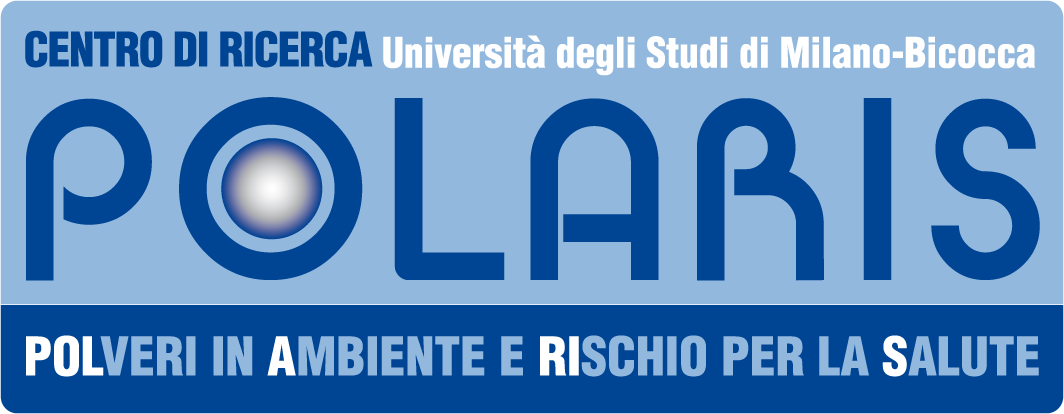Effects of fine tyre particles on in vivo systems (2008)
Research Project in collaboration with EPRI (Electric Power Research Institute in Palo Alto, California, USA), a non-profit corporation, which develops and finances researches about environmental aspects of energy recovery.
Tire particles (TP) represent a significant component of urban air pollution (PM), since it was shown they are above 10% of total PM10 in urban sites with heavy traffic. The purpose of this study was to evaluate the effects of size fractioned TP in an animal exposure model frequently used to assess air pollutants. Potential pro-inflammatory and toxic effects of TP2.5 (<2.5μm) and TP10 (<10μm) were investigated in intratracheally instilled BALB mice. Bronco-alveolar lavage (BAL) was screen for total differential cell profiles, total protein, LDH, alkaline phosphatase (AP), and β-glucuronidase (B-Gluc) as markers of cytotoxicity, GSH and SOD as oxidative potential, tumor necrosis factor (TNF)-α and macrophage inflammatory protein (MIP-2) induction as markers of inflammation. Concomitantly, histological analyses of TP exposed lungs were performed.
A single intratracheal instillation of 10, 100 and 200μg/100μl was used and after 24h mice were euthanized and BAL examined. Changes in inflammatory cellular profiles showed dose-dependent responses after TP10 exposure, while strong cytotoxic effects, like dose-independent increases in total protein, LDH and AP, were observed to be associated to TP2.5 exposure. Histologically, TP10 treated lungs mainly showed inflammatory tissue infiltration, in contrast to TP2.5 treated lungs, where the lyses of the alveolar barrier appeared to be the most characteristic lesion. Our biochemical, cytological and histological results indicated differential lung toxicity mechanisms elicited by size fractioned TP, in agreement with other studies performed on in vivo systems that have shown how transition from the coarse to fine size range (considering both diameter and surface area as particle characteristics) of inhaled or instilled particles are important factors influencing the lung responses.




